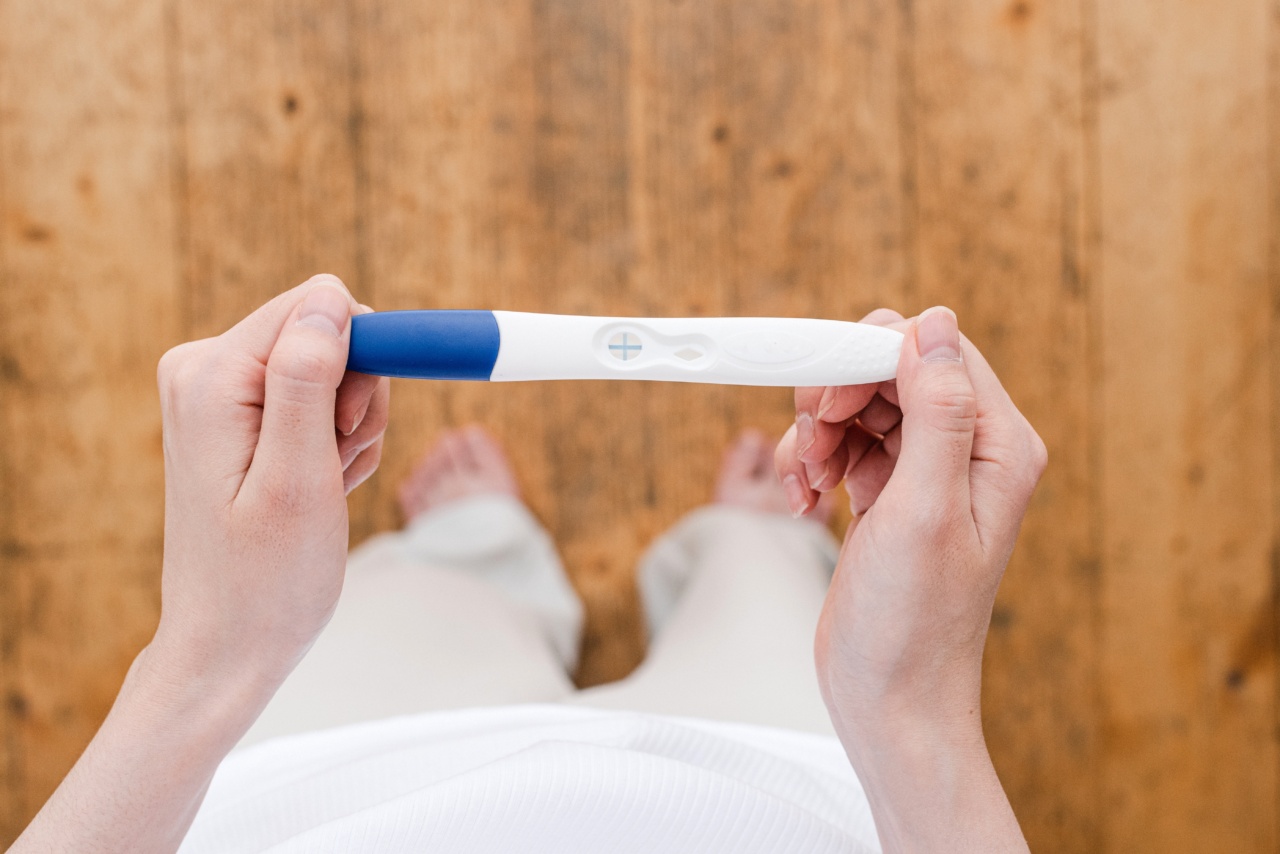As you approach the end of your pregnancy, your doctor will want to monitor you and your baby closely.
Regular prenatal exams, typically every 2-4 weeks in the third trimester, are important to check for any potential complications and ensure a safe delivery. Read on to learn what to expect at your third trimester prenatal exams.
Weight and Blood Pressure Check
At every prenatal visit, your healthcare provider will check your weight and blood pressure. These are important indicators of your overall health and any potential complications that may arise during your pregnancy.
Be sure to wear lightweight clothing and no shoes when you step on the scale to ensure an accurate reading.
Urine Test
Your healthcare provider may also ask for a urine sample at every visit. They will test for protein, glucose, and signs of infection.
Excessive protein in your urine can be a sign of preeclampsia, a serious condition that can affect your blood pressure and require early delivery. Glucose in your urine may suggest gestational diabetes, which will require monitoring and management throughout your pregnancy.
Fetal Heartbeat Monitoring
Your doctor will use a doppler or fetal monitor to listen to your baby’s heartbeat at every prenatal visit. A healthy fetal heart rate ranges from 120-160 beats per minute.
If your healthcare provider detects any abnormalities, they may recommend further testing to ensure the health of your baby.
Fundal Height Measurement
Your healthcare provider will measure the height of your uterus to track your baby’s growth and position. This measurement is called fundal height and corresponds roughly to the number of weeks along you are in your pregnancy.
Any significant changes in fundal height may indicate a problem, such as low amniotic fluid or a breech baby.
Group B Strep Test
Between 35-37 weeks of pregnancy, your healthcare provider will screen you for group B streptococcus (GBS). GBS is a common bacteria that can live in your digestive tract and sometimes cause infections in newborns.
If you test positive for GBS, you will receive antibiotics during labor to prevent the bacteria from infecting your baby.
Cervical Exam
Your healthcare provider may perform a cervical exam to check for effacement and dilation, or thinning and opening of your cervix. This exam can help predict when you are likely to go into labor and if you are at risk for preterm labor.
However, cervical exams are not always necessary and can sometimes introduce bacteria into the uterus that raises the risk of infection.
Ultrasound
Your healthcare provider may order an ultrasound in the third trimester to check on your baby’s growth and position.
An ultrasound can also detect any potential problems, such as placenta previa, or a low-lying placenta that can cause bleeding or complications during delivery.
Non-Stress Test
In the final weeks of pregnancy, your healthcare provider may recommend a non-stress test (NST). An NST monitors your baby’s heart rate in response to his or her movements. The test is non-invasive and usually takes about 30 minutes.
If the results are abnormal, your healthcare provider may recommend further testing or early delivery.
Biophysical Profile
A biophysical profile combines an ultrasound with a non-stress test to assess your baby’s overall health.
The ultrasound evaluates your baby’s breathing movements, muscle tone, and other factors, while the NST monitors fetal heart rate in response to movement. If the results are abnormal, your healthcare provider may recommend early delivery or other interventions.
Conclusion
Regular prenatal exams are an essential part of a healthy pregnancy. In the third trimester, your healthcare provider will monitor your weight, blood pressure, and fetal growth, as well as screen for potential complications like GBS and preeclampsia.
Don’t hesitate to ask questions or express any concerns you may have at your prenatal visits. With proper care and monitoring, you and your baby can have a safe and healthy delivery.




























